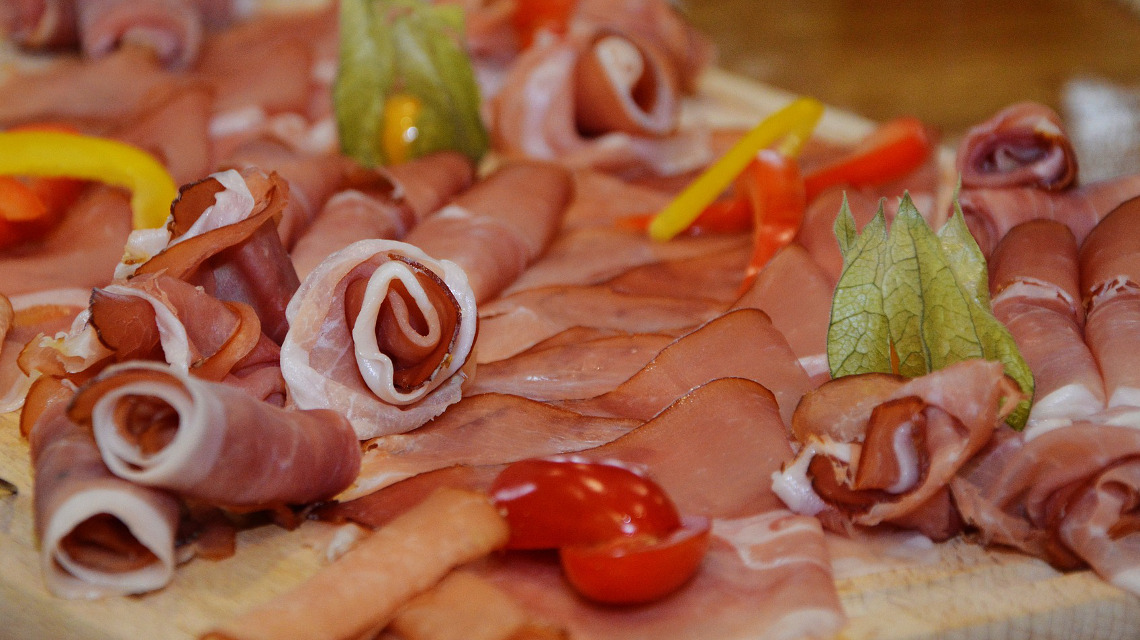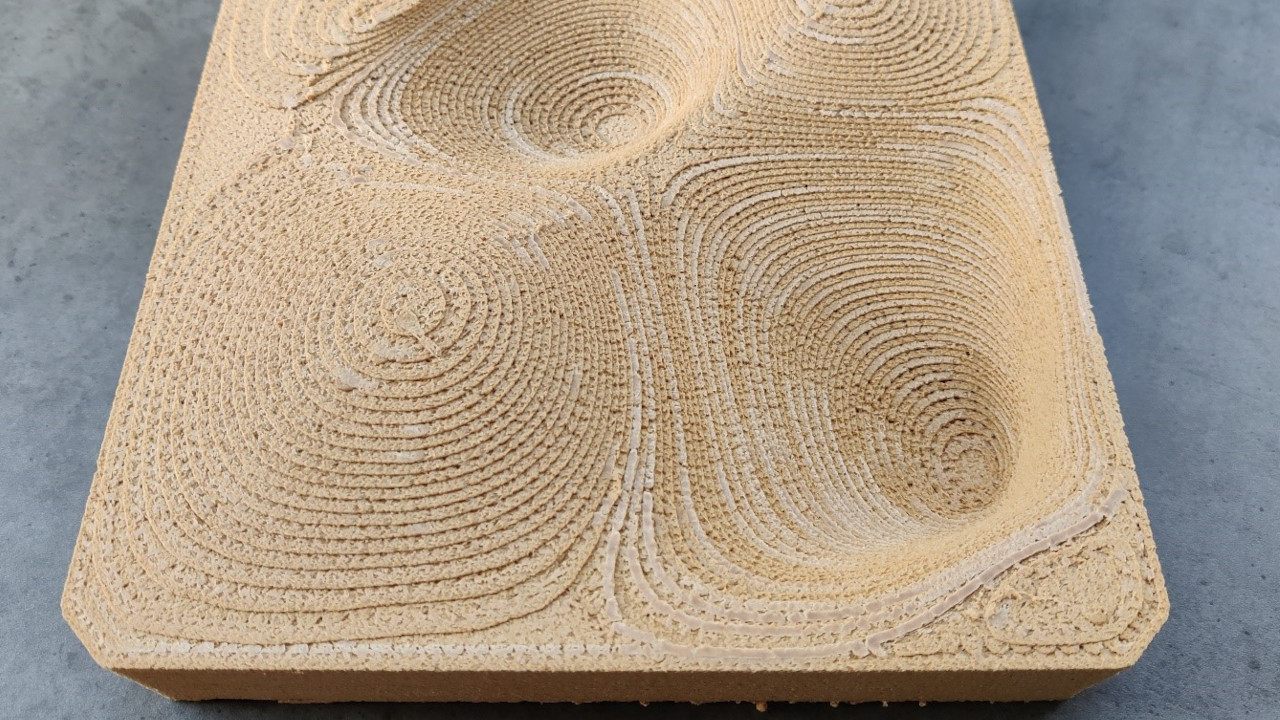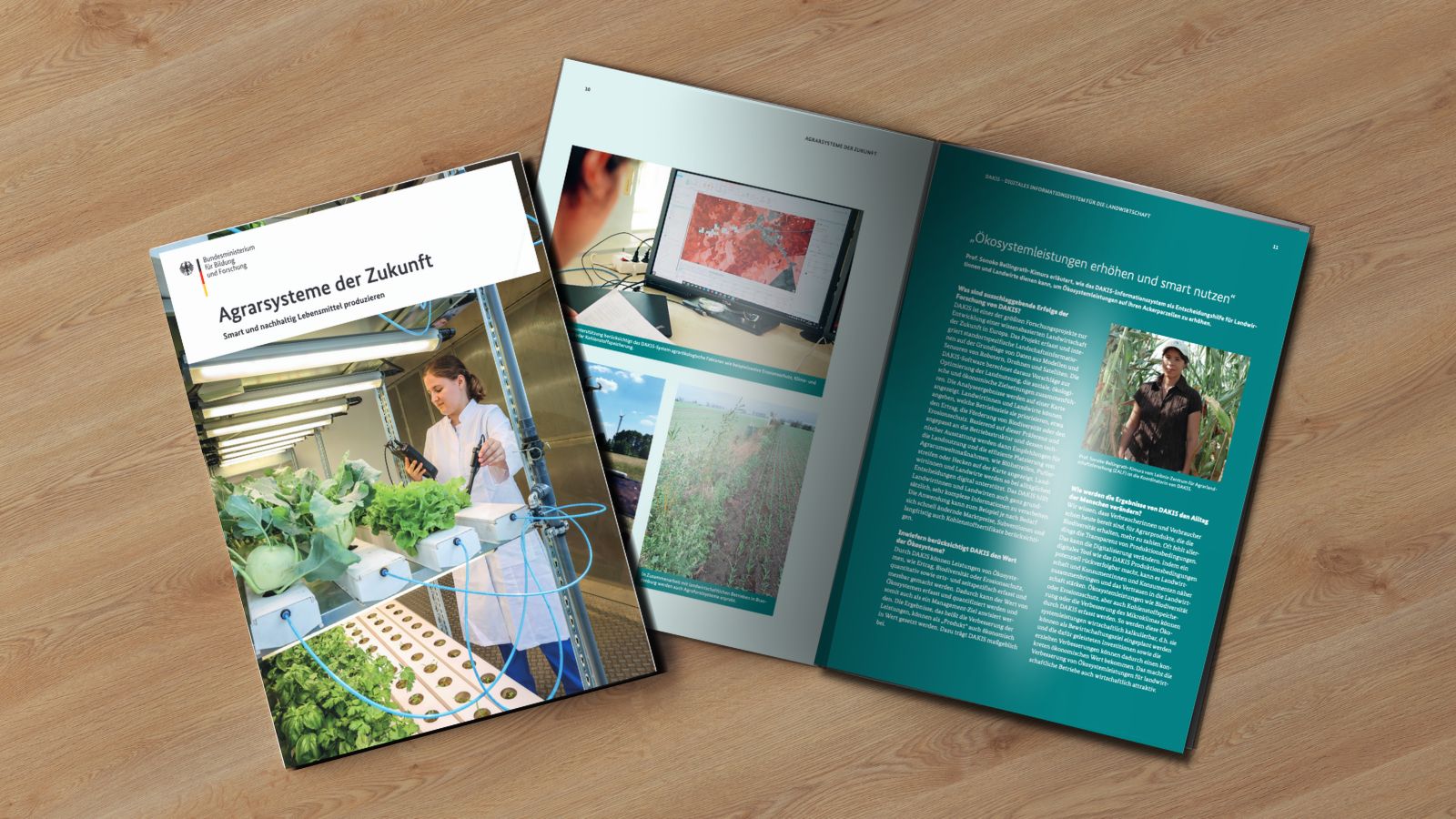Protecting food with plasma
Researchers from Hannover have found a way to make food safer: Cold plasma succeeded in killing bacteria in sausages.

Pathogens such as salmonella can be transmitted through food. These bacteria are found most frequently in eggs and poultry but also in cheese and sausage slices. Researchers from the Institute for Food Quality and Safety of the University of Veterinary Medicine Hannover, Foundation (TiHo) together with terraplasma GmbH have developed a new method to protect food from bacteria. The team uses cold plasma for this purpose. Plasma is produced when gas is supplied with sufficient energy, for example via an electric field. This produces charged particles. "These particles react with the cell membranes and the genetic material of bacteria and destroy them. Human and animal cells remain intact," explains Birte Ahlfeld from the Institute for Food Quality and Safety at TiHo.
Fighting salmonella with plasma
Because of its antimicrobial effect, cold plasma is already being used successfully to sterilise seeds or heal chronic wounds. Ahlfeld and his team have now been able to prove in a study published in the specialist journal "PLOS ONE" that food can also be made safer. For their investigations, they used smoked ham contaminated with salmonella and listeria and treated it with cold atmospheric plasma.
Plasma generation from indoor air
terraplasma GmbH, a spin-off of the Max Planck Institute for Extraterrestrial Physics in Garching near Munich, had developed a device specifically for this purpose that generates cold plasma from room air: the Plasmatube system. This system consists of two cylindrical plasma sources, each with two electrically isolated electrodes. "The area of the electrodes is expandable, so we can likely treat large surfaces with cold plasma. This has not yet been possible with previously investigated methods," said Ahlfeld.
Bacteria reduced on contaminated hams
During the treatment of the contaminated smoked ham, the voltage of the electric field, the air humidity of the gas and the duration of the treatment were all modified, and then the number of bacteria still living was compared with those of untreated ham. The result: The number of bacteria on the treated ham was significantly reduced by cold plasma, even if bacteria were still detectable.
Better preservation through plasma treatment
After the plasma-treated ham was packaged in a commercially available protective gas atmosphere and cooled for a further 14 days at eight degrees Celsius, this quantity of bacteria was significantly reduced again, so that it was hardly detectable in some cases. For the killing of the bacteria, the packaging under inert gas atmosphere was also helpful, explains Ahlfeld's colleague at the TiHo, Karolina Lis: "The inert gas contains no oxygen, but rather high concentrations of nitrogen and carbon dioxide. This inhibits the growth of oxygen-dependent microorganisms and the fat contained in the ham does not become rancid.
Fighting other bacteria
The bottom line is that treatment with cold atmospheric plasma can not only protect food from bacteria, but can also effectively support the current preservation process. The innovative Plasmatube system is also relatively inexpensive to produce because room air is used as a working gas and is also extremely environmentally friendly because no waste is produced. The researchers from Hannover are already working on using plasma to combat other bacteria: "We want to develop a treatment protocol that is effective against all relevant bacterial genera. In addition, we must rule out the possibility that the nutrient content, texture and taste of the food may change as a result of the treatment," explains Lis.


